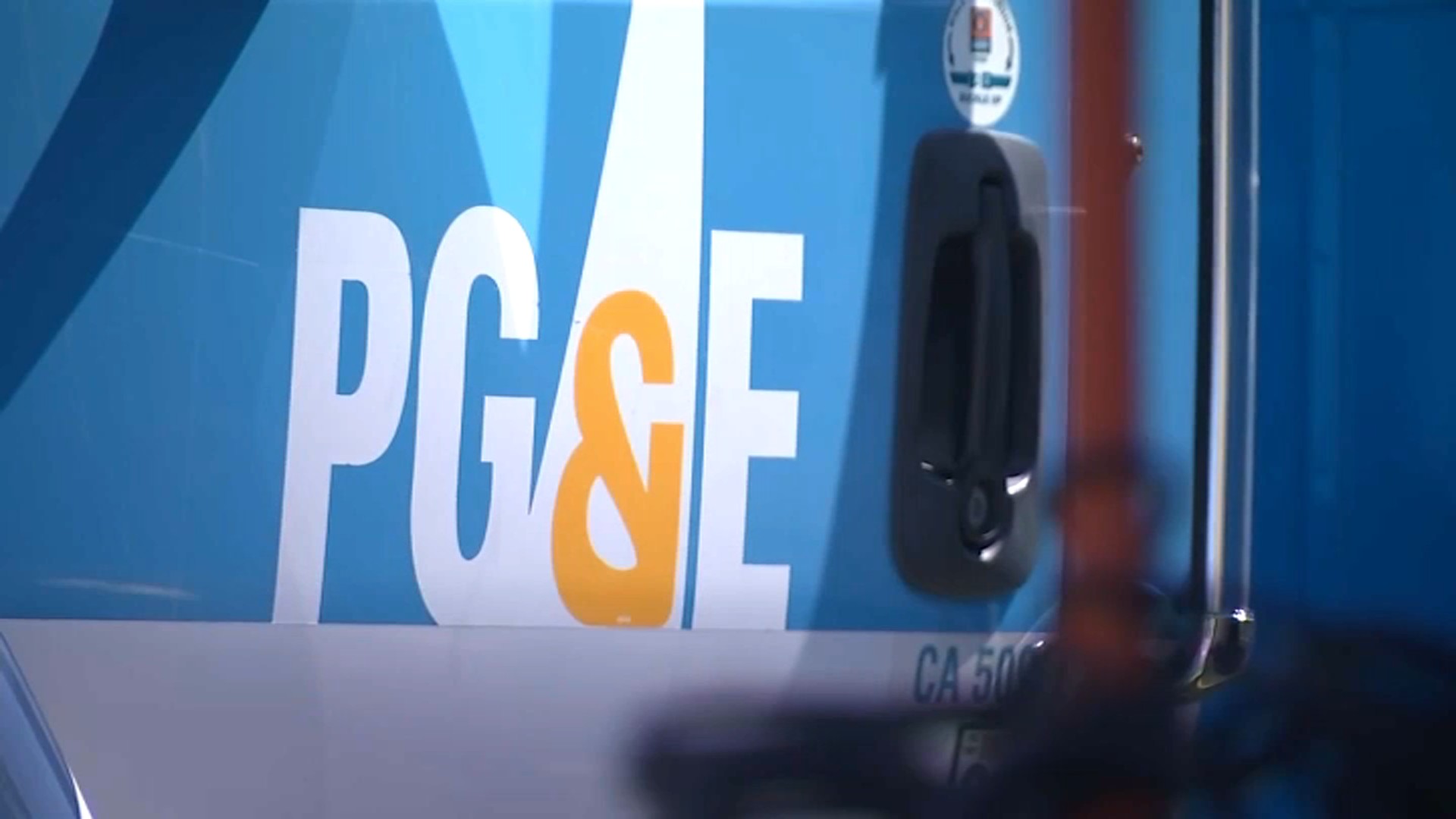As it heats up this week, firefighters on the Peninsula have a new tool to help detect when a wildfire breaks out. The device uses AI to determine what is burning and where.
It’s something firefighters in parts of the South Bay and East Bay are already using.
50 of the new N-5 sensors have been installed throughout the Peninsula to alert fire agencies if a wildfire sparks. Firefighters expect they will be especially useful in the so-called wildland urban interface, where cities and towns meet the dry landscape.
“We don’t want to wait until it’s fully developed with a large plume of smoke when people actually notice it. We want to get it beforehand,” Kimberly Giuliacci, Division Chief at the Woodside Fire Protection District.
One of the newly installed sensors is located on Skyline Boulevard in Woodside. They can detect gas, chemicals, and smoke particulates around the clock and alert fire departments when something is off.
“It can actually ascertain and tell us if it’s fire from a barbecue, or a fire from a nearby or far away wildfire because each fire has its own fingerprint if you will. It has its own distinct characteristics of particulates in measurements it’s taking,” Seth Schalet, CEO of the Santa Clara County Firesafe Council.
The sensors are spread out across the peninsula…and multiple agencies will monitor the progress. There are 25 on Stanford-owned land, about 13 around Woodside, Portola Valley and Redwood City and 12 in Palo Alto fire's jurisdiction.
“So we get alerts on our phones. It’s through a text alert system. When we get a detection it’ll tell us what level it’s detecting something, we can get details from it. Then we can send the on-duty battalion chief,” Giuliacci said.
According to Giuliacci, most of the devices in Woodside were placed on private property.
Get a weekly recap of the latest San Francisco Bay Area housing news. Sign up for NBC Bay Area’s Housing Deconstructed newsletter.
“It’s a sensor without a camera, without recording anything so i think residents feel more open to support the idea. They feel like they’re getting extra protection on their property,” she said.
As NBC Bay Area previously reported, there are 15 of the sensors in the South Bay near the Lexington Reservoir and about 10 in the Oakland Hills.
The company that makes them said that each one can sense its own environment and share the information.
“Each sensor is building a profile that is then put into the network. So they’re each able to differentiate but collectively in an aggregate is where you really get the artificial intelligence capabilities,” Schalet said.
The agencies hope the latest installations will help save land, homes, and lives.




